In order to enhance interactions between material preparation and physical, chemical physics measurements as well as applicative research we have developed an intense material preparation activity, along the crystal growth, the pulsed laser ablation in liquid and the colloidal chemistry.
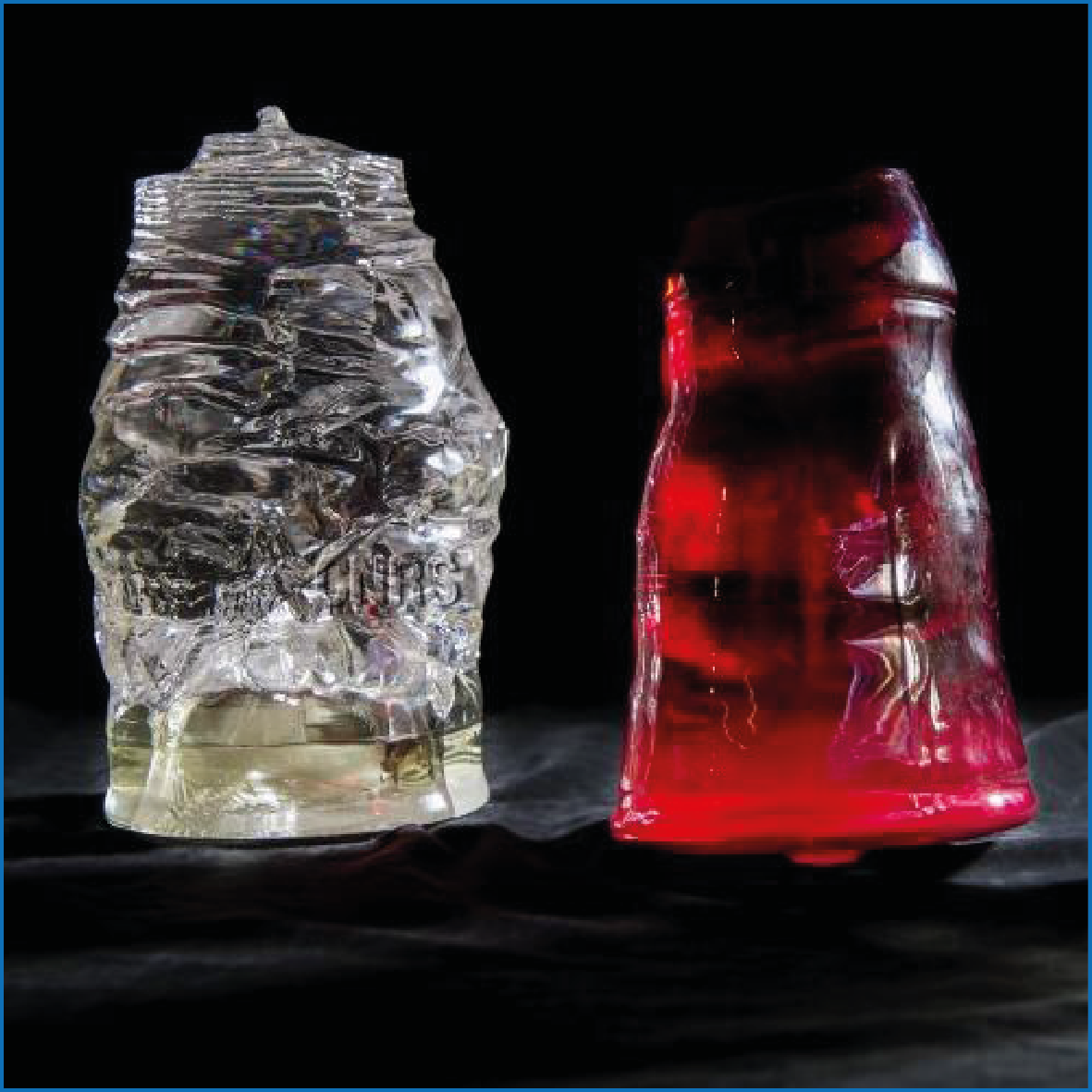
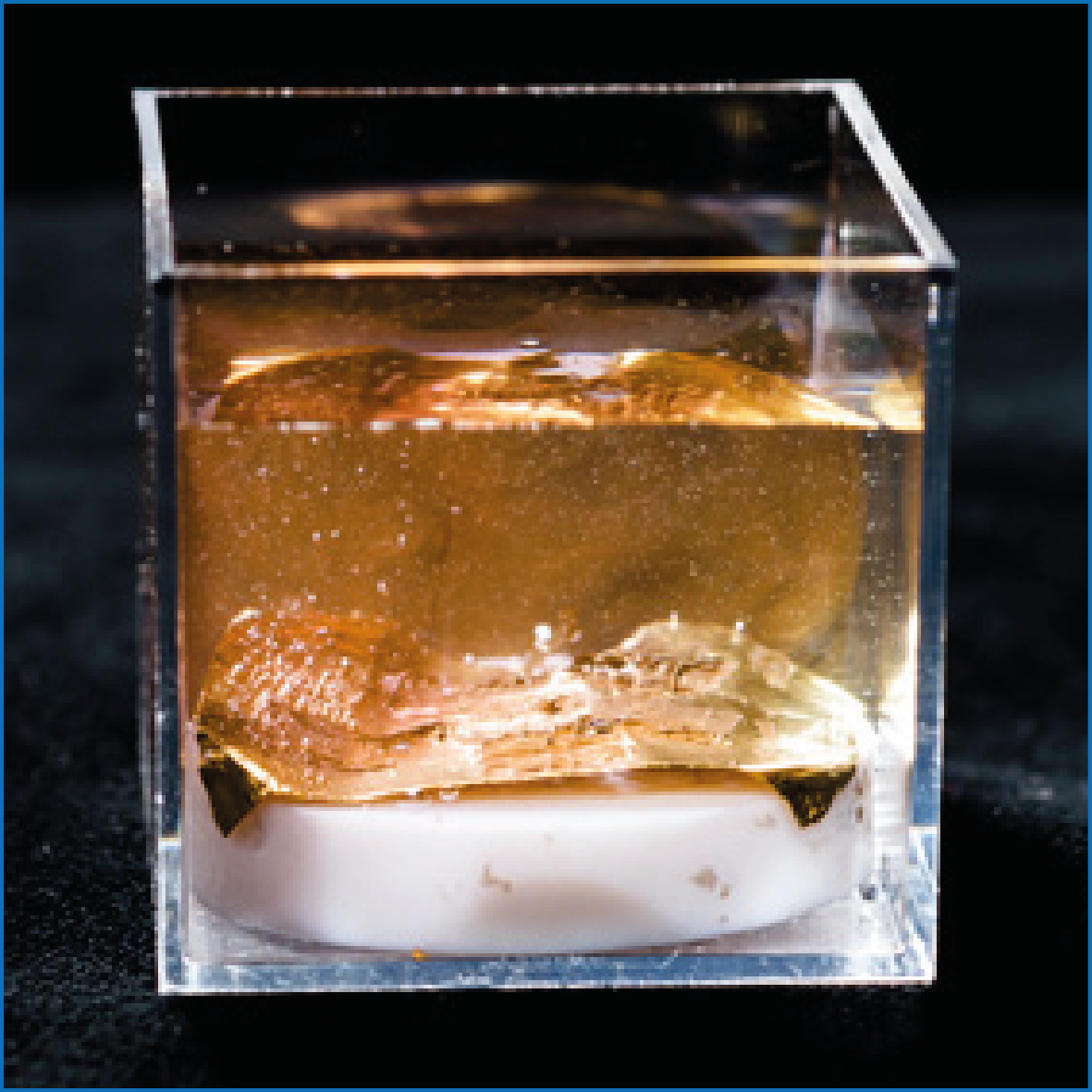
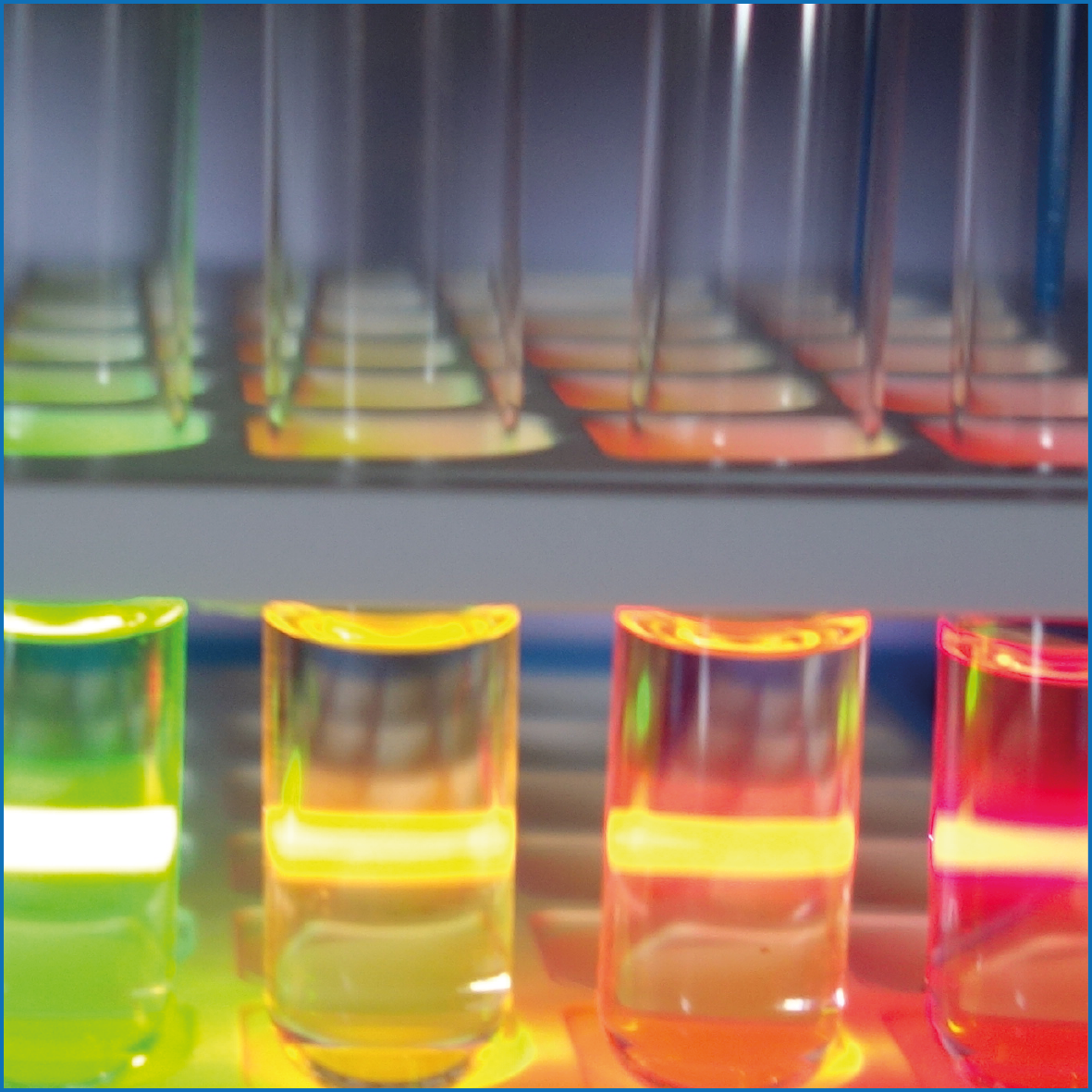
Crystal growth:
head: K.Lebbou
Members: G.Cagnoli, Ph.Veber
PostDoc: G.Alombert-Goget, O.Benamara, A.Nehari
PhD students: R.Bouita
Single crystal growth or solidification eutectic materials for various applications such as lasers, scintillators, aerospace and piezo-electric devices are in the focus of our activity. We are studying and optimizing the growth conditions for design, conception and production of these crystals. Our team can produce large bulk single crystals with diameter up to 150mm. We also have micro-pulling down (µ-PD) technology allowing the growth of shaped crystals such as circular, squared or hollow fibers, ribbons up to 1 meter… Our crystal growth activity is developed in close connection with the industrial sector. Laser Heated Pedestral growth (LHPG) facility is available for refractory materials. For larger crystals, including cutting, polishing and packaging, the team is deeply collaborating with the CristalInnov Platform.
Illustrative recent publications:
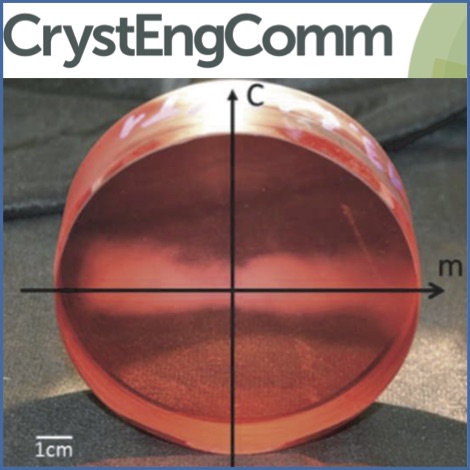
CrystEngComm (2017)
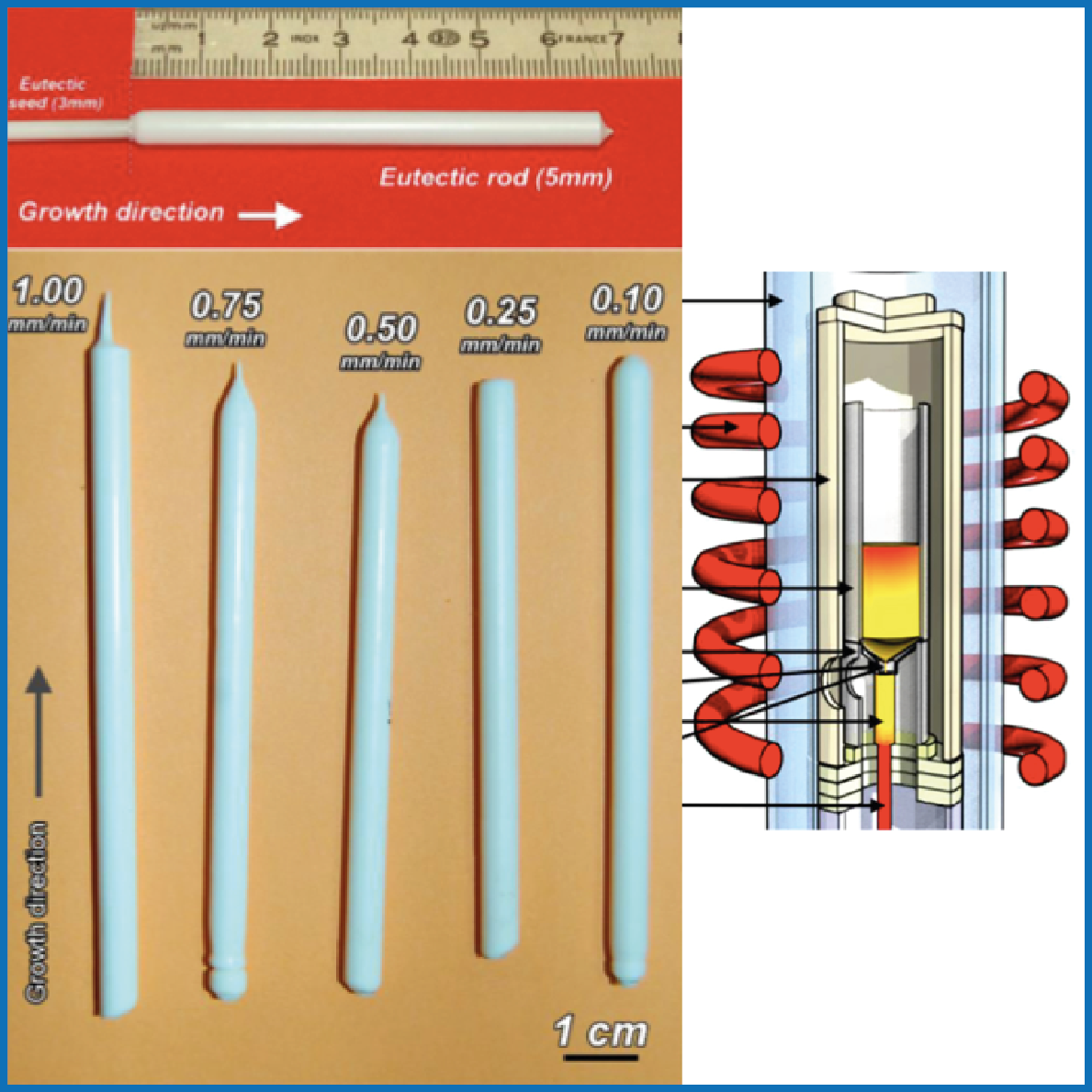
J. Cryst. Growth. (2016)
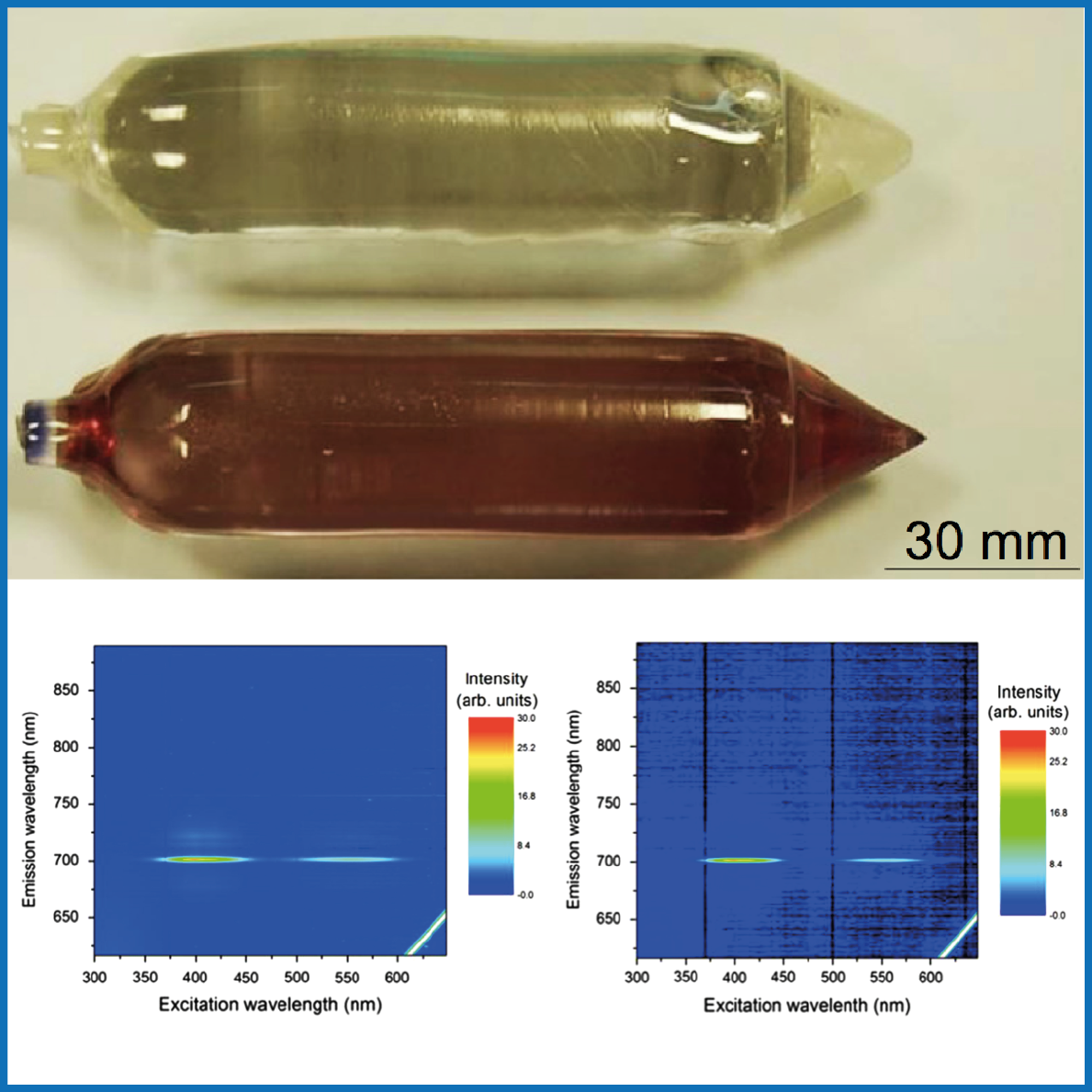
J. Lumin (2016)
Pulsed Laser Ablation in Liquid:
Head: D.Amans
Members: G.Ledoux
PhD student: G.Laurens
At the edge between physics and chemistry, Pulsed Laser Ablation in Liquids (PLAL, sometimes called LASIS for Laser ablation synthesis in solution) is a versatile technological approach to producing nanoparticle colloids with ligand-free surfaces. Nowadays, this popular technique is increasingly employed in the areas of cell and molecular biology. The technique can be operated continuously and nanoparticle production rates of several grams per hour are obtained. Therefore, PLAL has aroused a lot of commercial interests recently. The team addresses two different topics: (i) the development of new materials and (ii) the understanding of the synthesis process. The team successfully synthesizes various doped insulators, metals, metallic sulfides for their optical properties or their catalytic properties. Despite this widespread use, the underlying mechanisms of PLAL are not fully understood yet. The PLAL involves high complexity and multiple time-scale transient physics and chemistry. When a pulsed-laser is focused into a solid target immersed in liquids, the material is evaporated and turns into a plasma. Nucleation and growth occur in the liquid confined bubble and nanoparticles are obtained. We aim to draw a complete picture of the processes. For that purpose, we developed in-situ diagnoses (plasma spectroscopy, imaging) coupled with numerical development in physical chemistry and hydrodynamics. This pluridisciplinary approach is innovative in the PLAL community.
Illustrative recent publications:
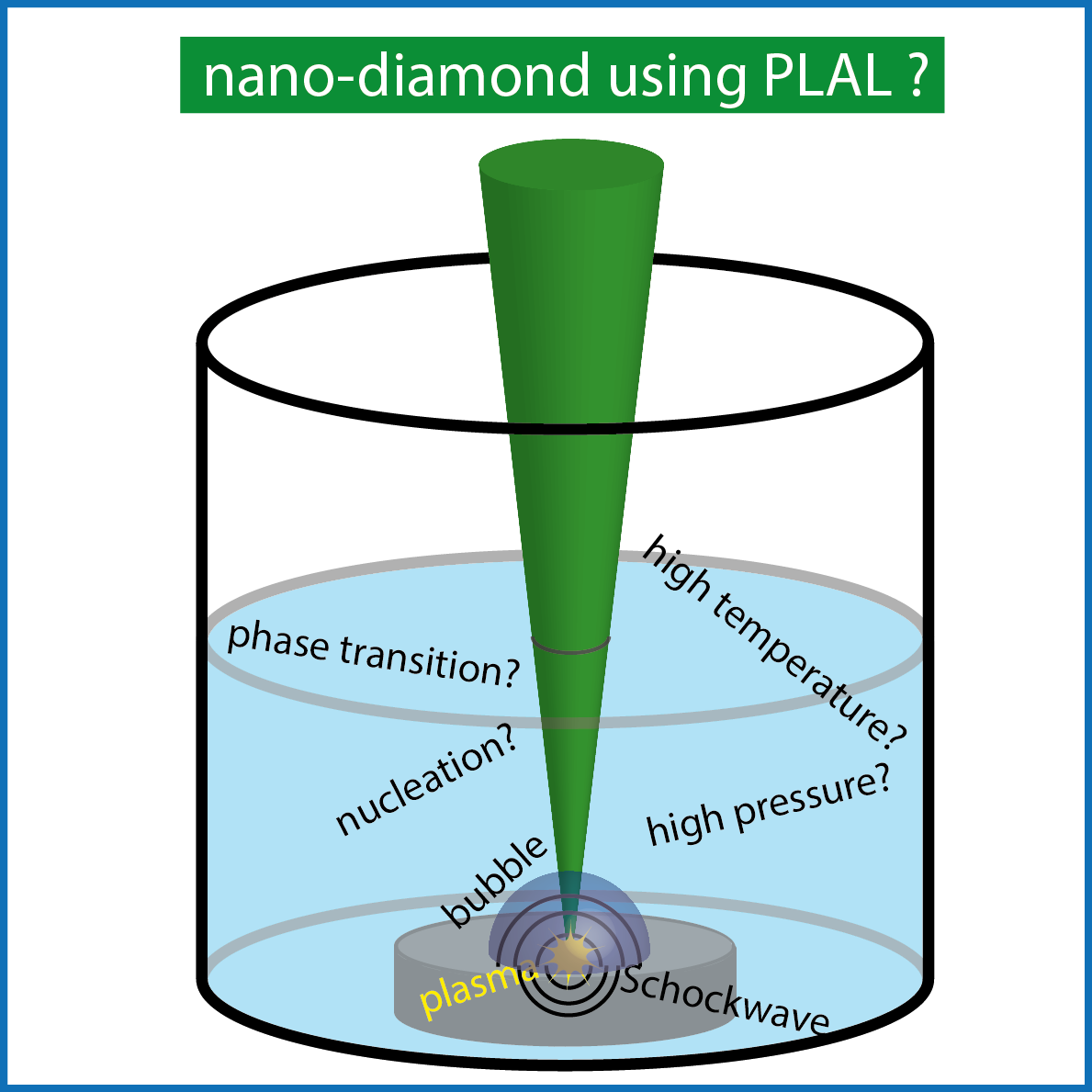
J. Colloid Interface Sci. (2016)
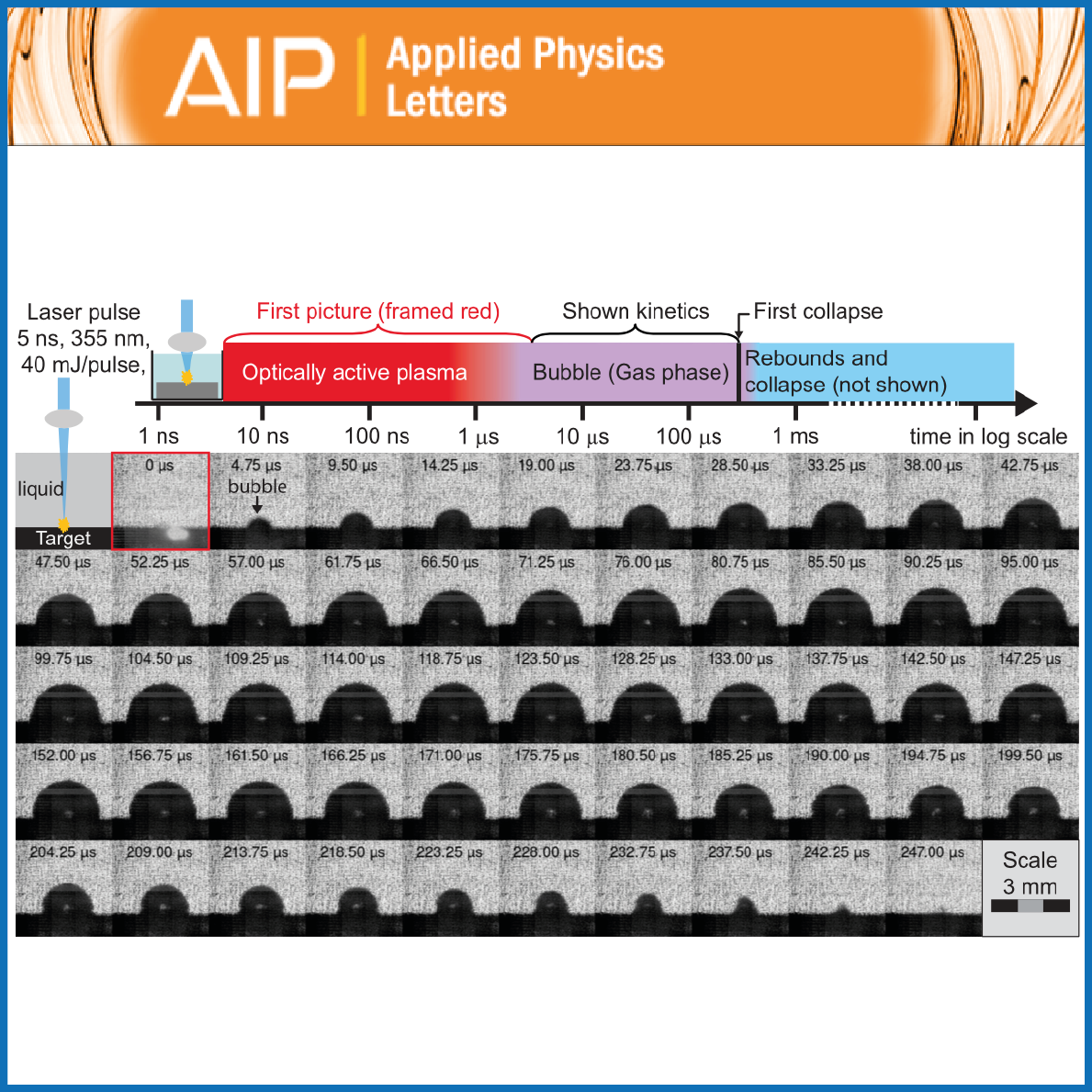
Appl. Phys. Lett. (2016)

J. Phys. Chem. A (2015)
Colloidal synthesis
Head: B.Mahler
One of the most mature ways to produce nanoparticles of controlled size, crystal structure, shape and surface consists of the reaction of organometallic precursors in a high boiling point solvent, regulated by the adjunction of ligands. We possess a strong experience in the colloidal synthesis of semiconductor nanocrystals (the so called “quantum dots”) and their heterostructures. We particularly focus on the control of their electronic and optical properties (fluorescence and blinking for example) through the design of optimized core/shell heterostructures. We are currently developing original ways to synthesize colloidal two-dimensional materials - down to the monolayer thickness - for light-harvesting applications (photocatalysis and photovoltaics).
Illustrative recent publications:
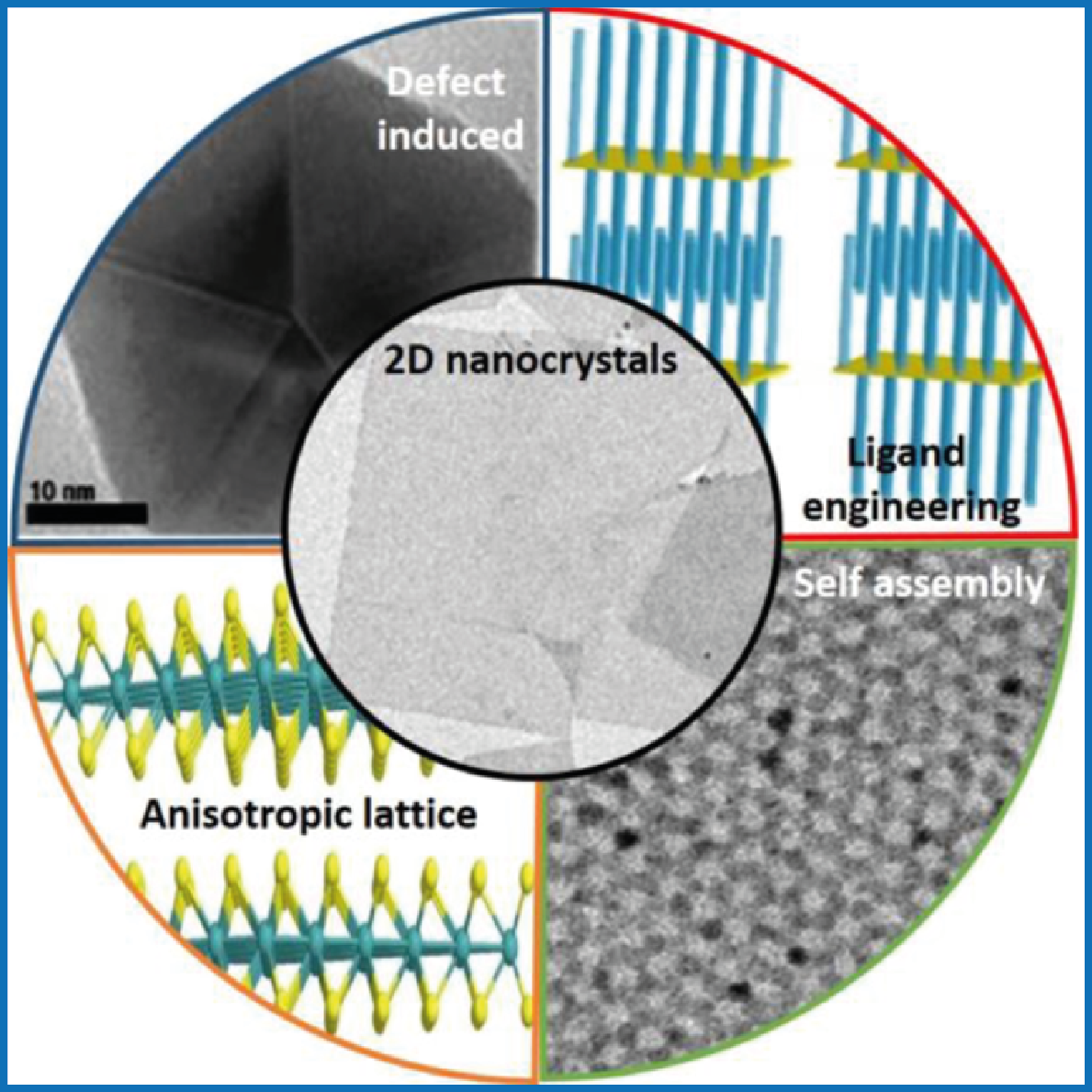
Chemical review (2016)
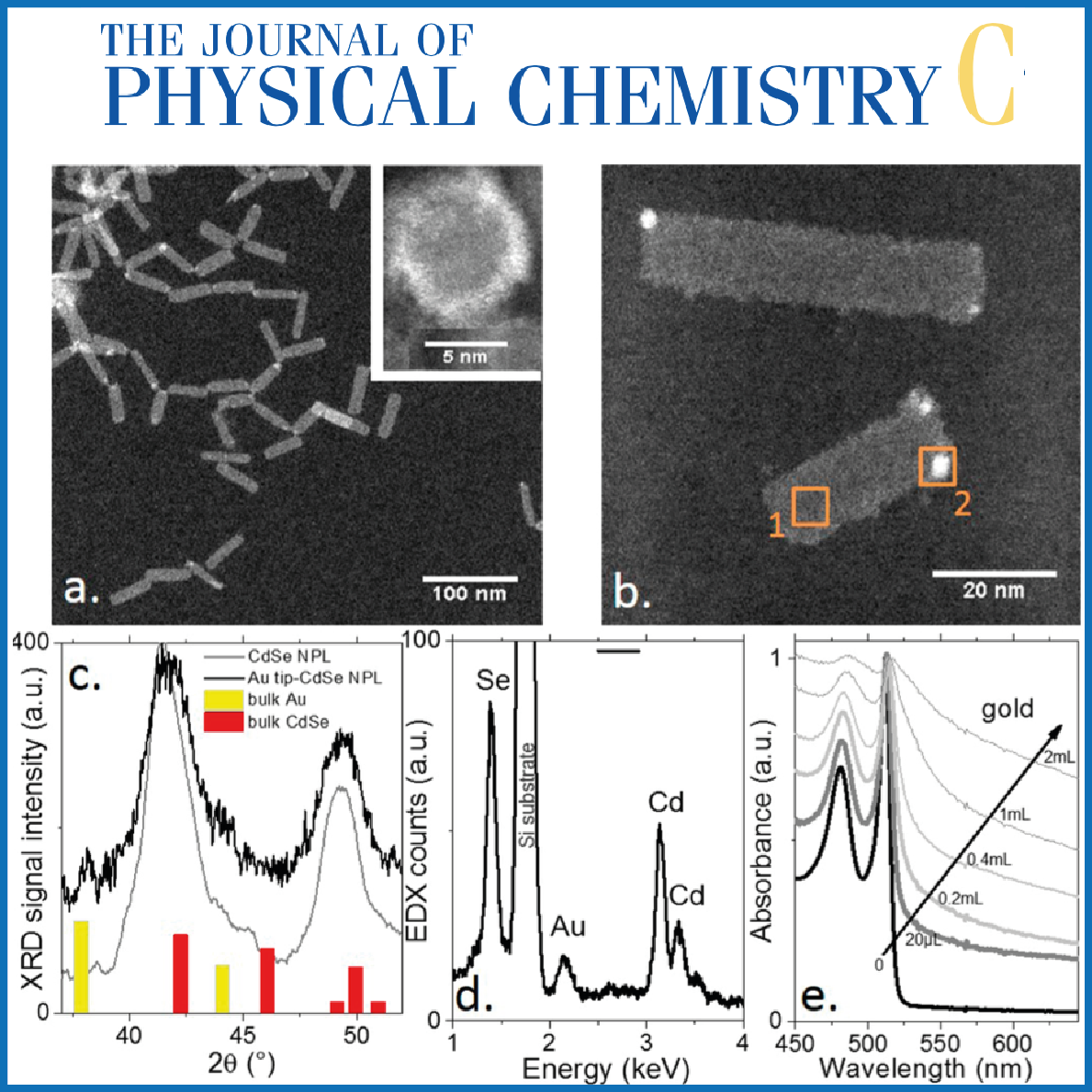
J.Phys.Chem.C (2016)
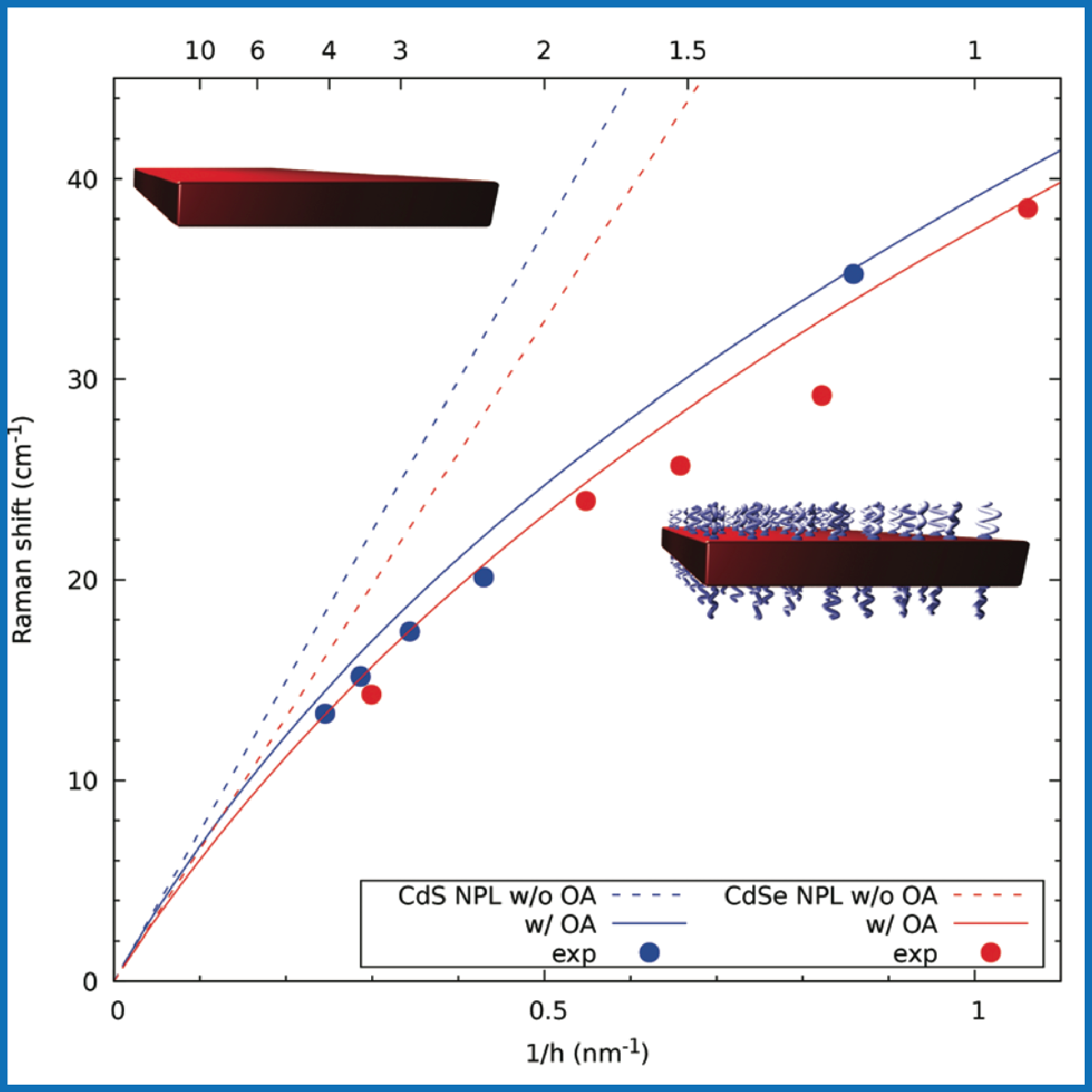
Nanoscale (2016)

















